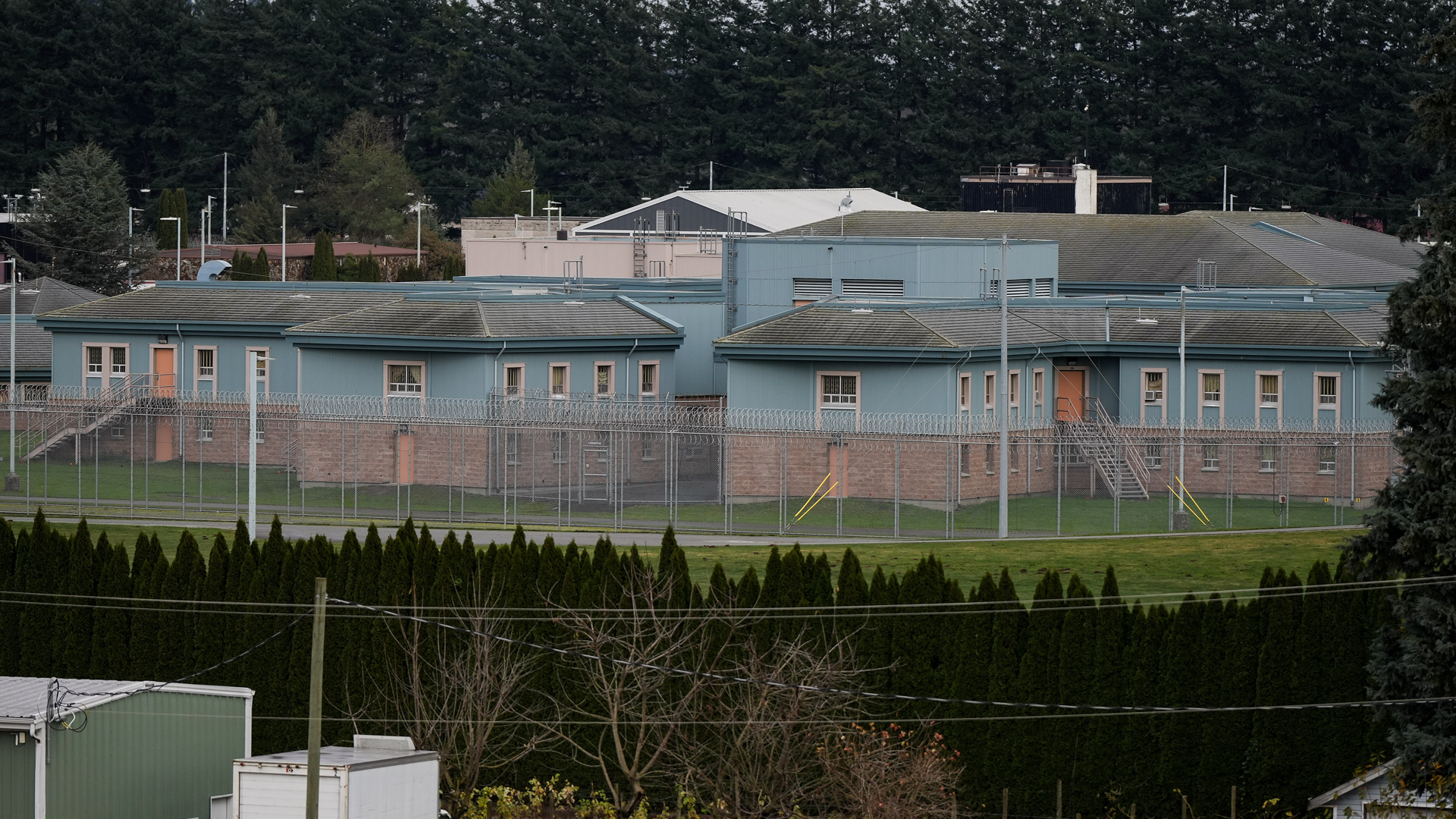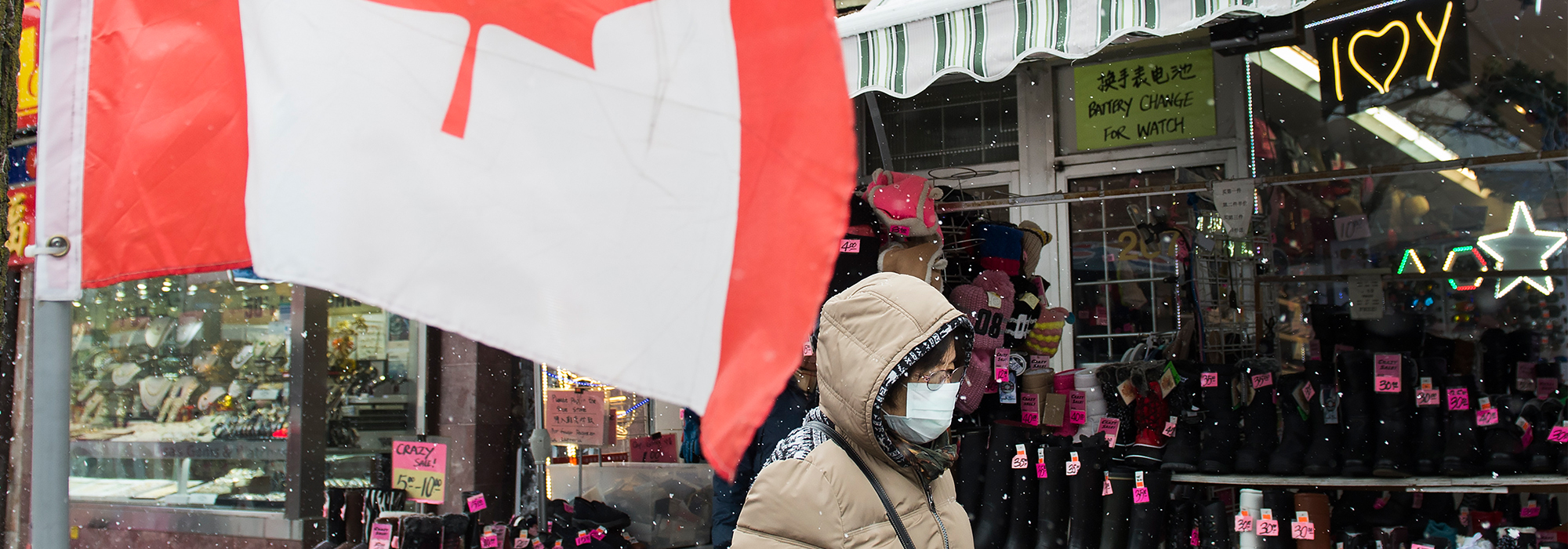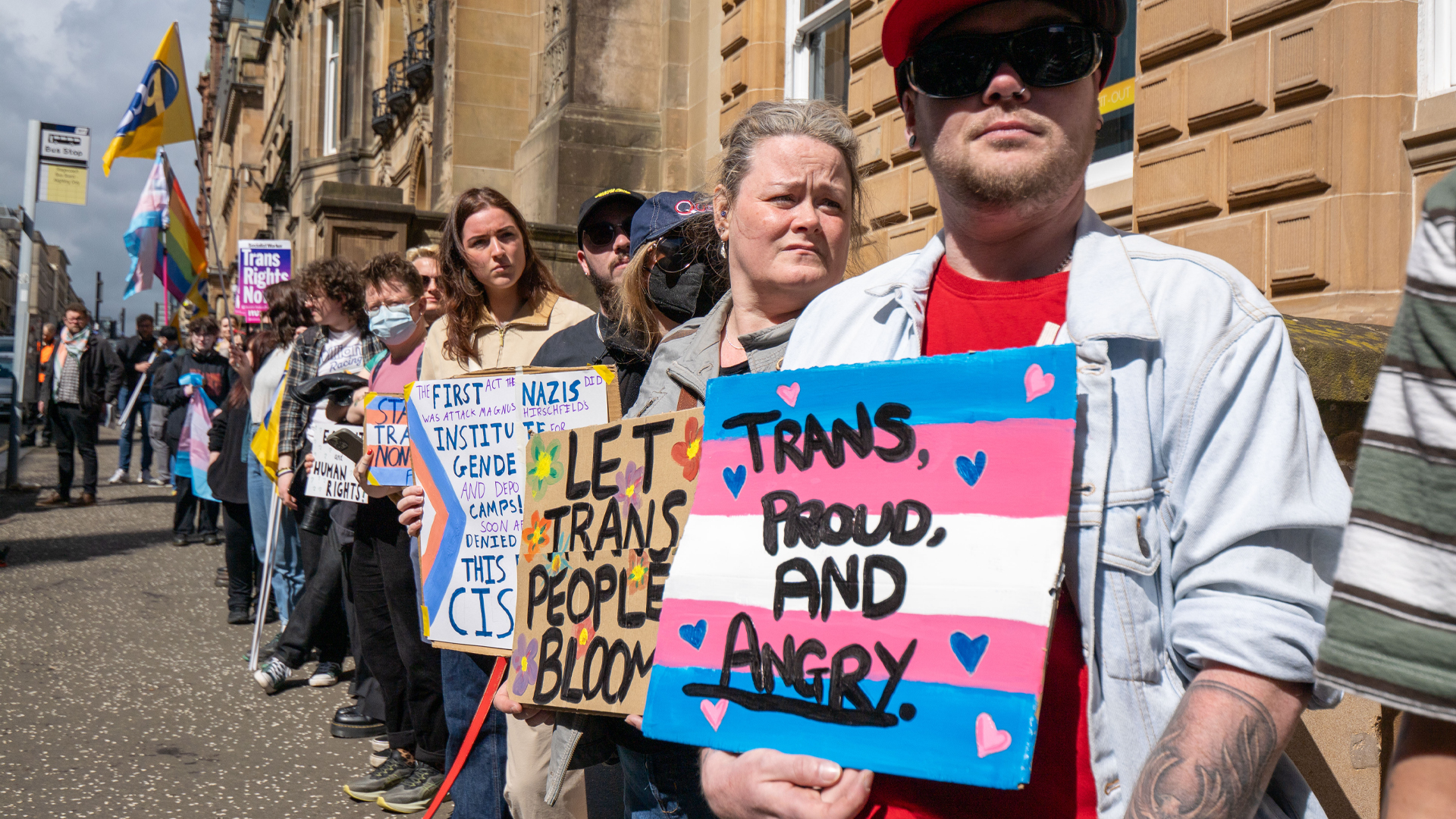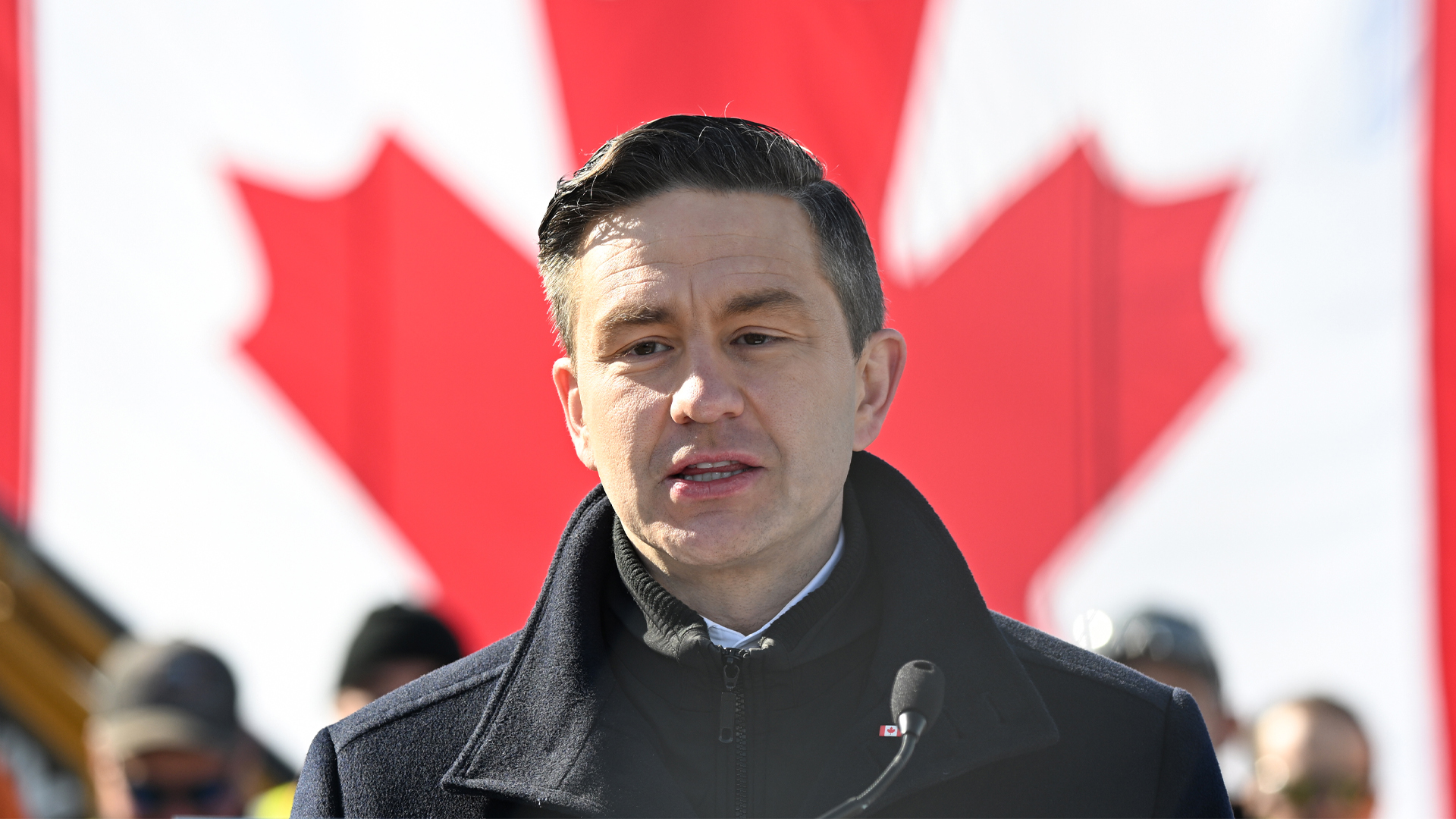
Over the past few weeks, Canadians have been seized by two crises: the spread of the coronavirus and the blockades set up across the country to protest construction of the Coastal GasLink pipeline in traditional Wet’suwet’en territory in British Columbia. Both meet the three conditions that define a crisis: they are unexpected, they create uncertainty and they pose a threat to important goals.
The juxtaposition of the two events, however, underscores that crises are not all the same; they are underpinned by different types of knowledge claims that lead to different governance processes. Generic references to “crisis” and “risk management” are superficial and not particularly helpful for those with responsibility in these areas. Focusing instead on differences in knowledge will help us to understand the specific aspects of the process that require attention in each instance.
The International Risk Governance Council distinguishes between emerging and ambiguous risks. This classification is related not to the intrinsic characteristics of the risks themselves but to the state and quality of knowledge available about them.
The coronavirus can be classified as an emerging risk; the way forward requires learning and transparency. Emerging risks exist when there is new risk or a familiar risk that has become apparent in new or unfamiliar conditions. Crucially, there is a lack of clear scientific basis for decision-making. While experts can offer a wide range of estimates, they may be unable to predict with confidence if an event will occur and what will be affected by it. These types of risk create vulnerabilities. Our inability to quantify risk credibly gives rise to disagreements among and between experts and stakeholders, which can lead to confusion, bad advice, overreaction and underreaction, unnecessary anxiety, large-scale systems failures and shocks to the system.
Governments have been criticized at times for their handling of pandemics such as SARS and H1N1, but the Canadian government’s response to the coronavirus suggests that it is getting better at dealing with these health scares. While politicians have provided democratic leadership by supporting health officials and negotiating with the Chinese government for permission to assist Canadians wishing to leave China, elected officials for the most part have kept politics out of it.
Public health officials are trying to explain to people how experts understand the threat: the risk is low, but experts are taking a precautionary stance and learning as they go.
The response is largely led by trusted public health officials, who are trying to detect early warning signs of the disease’s spread. They are collecting and sharing information widely with experts and with those responsible for addressing the risk both nationally and internationally. Public health officials are trying to explain to people how experts understand the threat: the risk is low, but experts are taking a precautionary stance and learning as they go. They are also advising the public about how to lower the risk of exposure and about what to do if people suspect that they might have contracted the illness. Given the unknown and potentially catastrophic nature of the threat, officials are lowering the risk of the virus spreading by imposing border checks and, in some cases, isolation and quarantine on Canadians who are travelling from infected areas or have been exposed to the virus in another manner. They are also developing a vaccine to prevent future transmission of the disease. They will continue to adopt and adapt standards and strategies as we learn and anticipate more about the virus.
The government’s challenge with the Wet’suwet’en, on the other hand, is an ambiguous risk; perspective is crucial, and the way forward requires negotiation among legitimate stakeholders and a shared commitment to a process. Ambiguous risks result from divergent or contested perspectives on the justification, severity or wider meanings associated with a given threat. In contrast to an emerging risk, with an ambiguous risk we have a view of the problem, but there is conflict over how the risk should be understood and what information can be legitimately included in the discourse. With an emerging risk, the role of politics is limited; for an ambiguous risk, politics is at the heart of it. Respectful consultation and consensus-seeking behaviour are important, and solutions are usually provisional until more reliable data become available. Ambiguous risks include hydraulic fracking, the use of nuclear power and the production of genetically modified food, for example.

From the perspective of those protesting the pipeline in traditional Wet’suwet’en territory, it’s not strictly about the pipeline; the conflict is embedded in a broader historical and present context that includes long-standing and legitimate grievances over the Crown’s treatment of Indigenous people, their land and their rights. They emphasize they will not negotiate at the other end of an RCMP gun. For those on the other side of the argument, this conflict is about abiding by Canadian laws and court orders; they point to the impact that a relatively small number of protesters can have on international supply chains and to layoffs and disruptions across the country.
The issue is highly divisive; ambiguous risks often are. Recent polling data suggest the majority of Canadians are opposed to blockades, but a significant minority support them. Most also support helping Indigenous people in some way. Age, gender and place of residence seem to be particularly important in understanding the views people hold.
Pull back the curtain further and the problem may be even more fundamental. There is the question about whether Wet’suwet’en governance may be underpinned by different values than the Crown’s. In contrast with the Crown’s bureaucratic and hierarchical approach to government, which concentrates decision-making at the top, the Wet’suwet’en’s need for consultation in feast halls and the consensus selection of hereditary chiefs suggest an egalitarian dynamic.
Anthropologist Mary Douglas, who wrote extensively about organizational culture, noted that neither form of governance is particularly speedy or transparent, but the difference in the ways they make decisions exposes different values and world views that are not easily reconciled. The Prime Minister’s frustration exemplifies the tension between the two forms of governance. On February 21, Trudeau said, “We are waiting for Indigenous leadership to show that it understands. The onus is now on them.” Indigenous leadership would probably say the same thing of him.
The coronavirus could disrupt the global economy and world health in the coming months. A continued commitment to transparency, research and precaution is an appropriate way to proceed, with one eye on the clock. Urgency is a keyword; health officials have to move beyond learning to adopt concrete operational plans as the virus spreads. In contrast, the Crown-Wet’suwet’en conflict exposes differences not just over the narrative but over the forms of governance. The blockades may be coming down, but the tensions at the interface of the two groups will persist. If the current negotiations are not handled with care, the danger is that events like the Wet’suwet’en land dispute will allow the relationship to degenerate into an icy coexistence between the two parties or, worse, a return to the blockades. There is reason to be hopeful. Hierarchists and egalitarians have a penchant for process. Both have rightly decided to convene at a round table to explore mutually acceptable solutions, even if they are just provisional until more stable ones can be achieved. Patience isn’t merely a virtue in this case; it’s a necessity.
Photo: A pedestrian wears a protective mask as she walks in the winter weather downtown in Toronto on February 26, 2020. The novel coronavirus, known as COVID-19 is expected to turn into a global pandemic. THE CANADIAN PRESS/Nathan Denette
Do you have something to say about the article you just read? Be part of the Policy Options discussion, and send in your own submission. Here is a link on how to do it. | Souhaitez-vous réagir à cet article ? Joignez-vous aux débats d’Options politiques et soumettez-nous votre texte en suivant ces directives.








